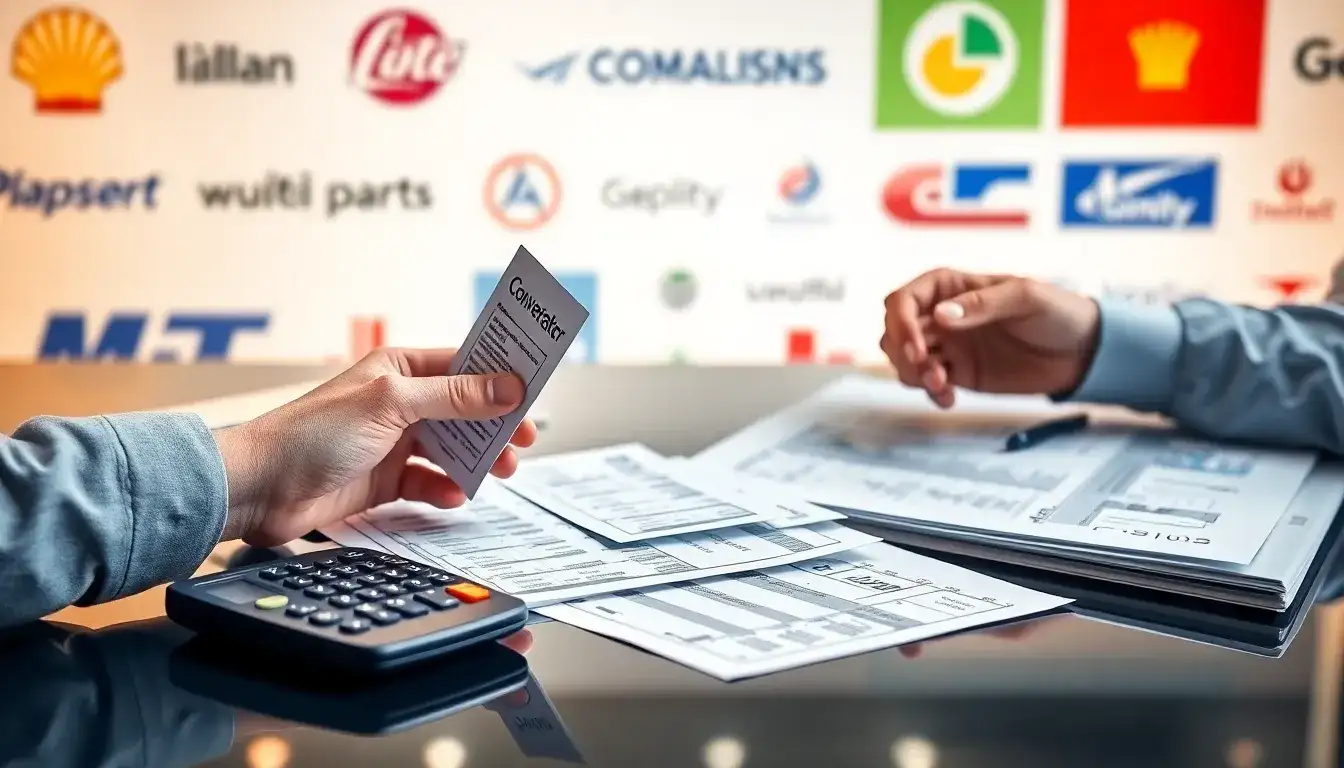
Recently, several leading companies have significantly reduced the conversion prices of their convertible bonds, a move that holds substantial implications for the market. Following the Spring Festival, the photovoltaic industry is undergoing an unprecedented strategic and organizational transformation. The question arises: Can the stock prices of photovoltaic companies return to their previous heights? Can investors who bought at peak prices find relief? Some recent actions by companies provide partial answers—namely, the substantial downward adjustments in the conversion prices of convertible bonds.
The stock prices of photovoltaic companies have reached a critical point. Are they at the bottom, or are they entering a new phase of decline? It’s essential to understand that investing in convertible bonds and purchasing stocks represent two fundamentally different investment strategies, attracting distinct investor profiles. Convertible bonds are viewed as “safer stocks,” while equities are seen as “pure risk.” The essence of convertible bonds lies in their bond-like characteristics, with the unique option for investors to convert them into stocks. This mechanism offers a form of investment with a safety net—if stock prices falter, investors can retain the bonds and receive principal and interest upon maturity. Conversely, if stock prices rise, they can convert to stocks to benefit from the price increase. In essence, convertible bonds provide a balanced risk-reward scenario, while stocks offer an all-or-nothing gamble.
As the decline in photovoltaic concept stocks continues, the profitability associated with converting bonds is diminishing. From July to September last year, the photovoltaic sector faced its darkest period, coinciding with many convertible bonds triggering downward adjustments, causing them to fall below their par value. However, most companies at the time chose not to reduce their conversion prices, perhaps out of a desire to maintain their image or due to lingering hopes for stock price recovery. Now, the situation has drastically changed. Recently, Longi Green Energy adjusted the conversion price of its “Long 22 Convertible Bonds” from 58.28 yuan per share down to 17.50 yuan per share—a reduction of over 70%. Similarly, Trina Solar reduced its conversion price from 68.42 yuan per share to 25 yuan per share, now representing only 36% of the original price. Other companies, including Foster and Shuangliang Energy, have also announced board proposals to adjust their convertible bond prices.
This downward adjustment is significant for the current stock prices, as it could exert additional pressure on them. Once convertible bonds are converted into stocks, these shares may enter circulation, leading to potential selling pressure. Furthermore, a drastic cut in conversion prices may signal to the market that the companies expect further declines in stock prices or are seeking to mitigate financial stress through conversion, thus further impacting stock values and creating a negative feedback loop.
Presently, investors in the photovoltaic sector must recalibrate their outlooks. The conversion values of convertible bonds have been severely affected by the declines in stock prices. Out of 18 convertible bonds in the photovoltaic sector, seven have conversion values below 50 yuan. For example, the conversion value of the leading wafer manufacturer, GCL-Poly, is only 29.28 yuan, with its stock price plummeting to merely 20% of its peak in 2022. Among the seven companies below the 50 yuan threshold, Longi Green Energy and Foster are set to adjust their conversion prices, which should considerably enhance the conversion values of their bonds.
In contrast, Trina Solar, which reduced its conversion price on February 25 of this year, currently shows less attractive conversion values. As of March 8, 2025, companies like GCL-Poly, JA Solar, Aotecar, Flat Glass, and Jinko Solar also face considerable pressure regarding their convertible bonds. Among these, JA Solar is likely the most averse to repaying its debt, given its conversion value stands at only 32 yuan. Moreover, the company’s debt ratio has soared from 64.35% at the beginning of 2024 to 72.15% by the end of the third quarter, exacerbating repayment pressures.
JA Solar’s anticipated losses for the fourth quarter of 2024 could reach between 40.2 billion and 47.2 billion yuan, marking it as the most significant loser in the photovoltaic industry during the last quarter of the previous year. The reasons for this downturn are attributed to persistent supply-demand mismatches in the photovoltaic sector, intensified market competition, and a decline in product prices across various segments, compounded by a challenging international trade environment.
Meanwhile, Haiyou New Material, another player in the photovoltaic sector, has drastically reduced its conversion price multiple times, from an initial 217.42 yuan to just 69.98 yuan—a staggering 67% decrease. Despite this, its current conversion value is merely 50.65 yuan, indicating a significant premium. There is a possibility of a third reduction in its conversion price if the trend continues.
In contrast, Keshui Data, which has seen its conversion value rise to 183.11 yuan per share, benefits from its substantial stake in the liquid cooling sector. The company has successfully triggered conditional redemption clauses due to its stock price surge. Keshui’s involvement in various sectors beyond photovoltaic technology positions it favorably in the market.
In conclusion, the photovoltaic sector is experiencing a crucial phase, necessitating a shift in investor attitudes and strategies. Companies are grappling with declining stock prices and the implications of adjusting convertible bond prices, and the future remains uncertain. Investors are encouraged to stay informed and consider the evolving landscape as companies navigate these challenges.







